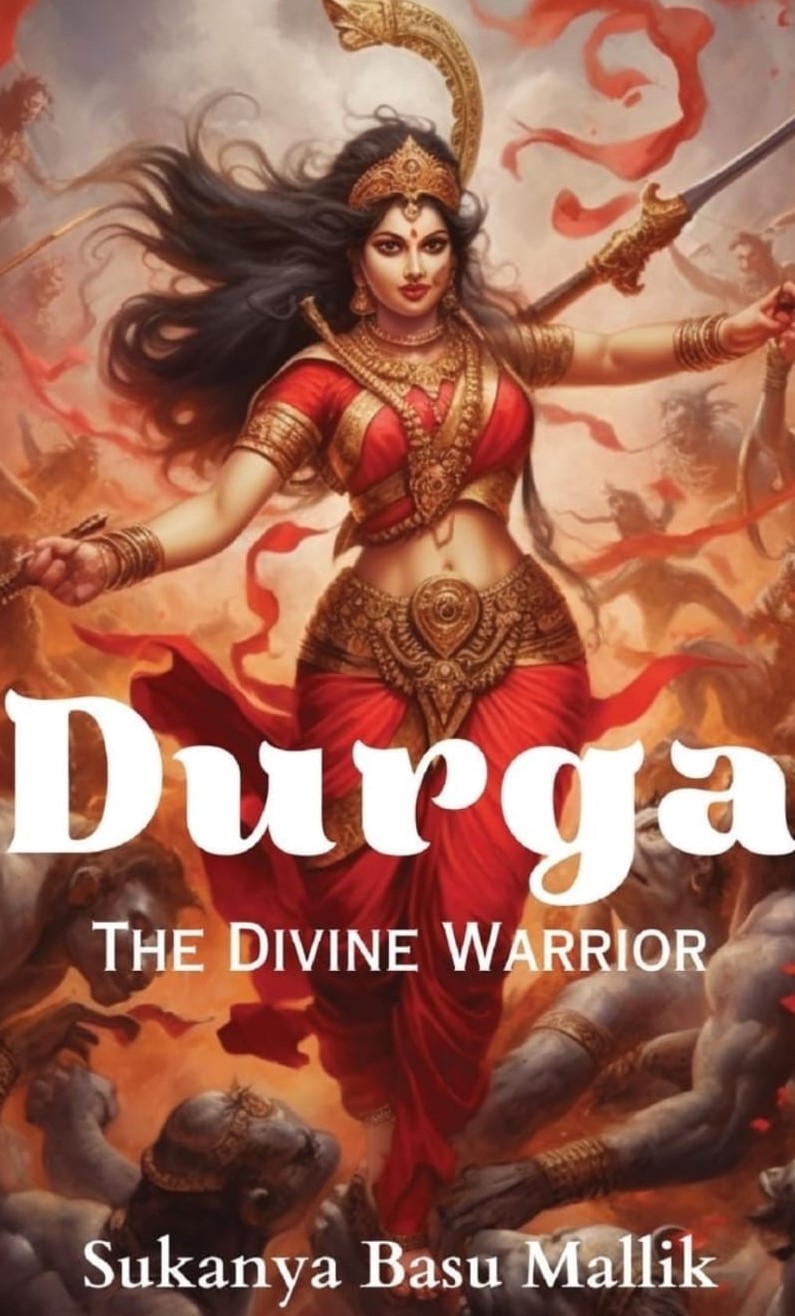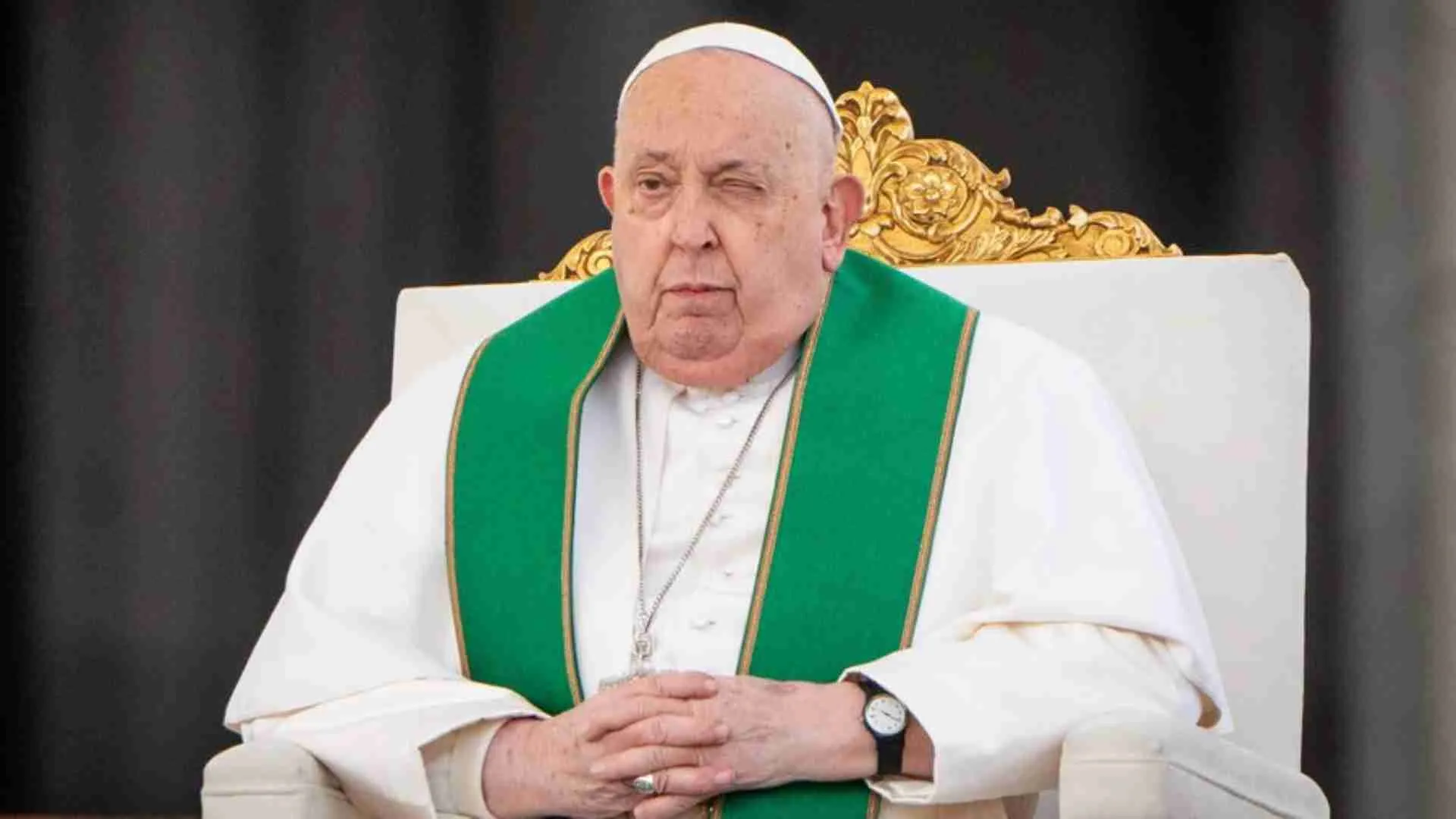A family means different things to different people in different parts of the world. It is often a word fraught with angst, duty, obligations, legacy, and secrets. Needless to say, family is a treasure trove of material for any writer. But writing about family, especially family trauma is not easy. Jerry Pinto’s Em and the Big Hoom was twenty four years in the making. Akhil Sharma’s Family Life took twelve and half years to finish. Both authors have said that they’ve struggled with how much truth to share, about whether they should write the story as a memoir or as fiction.
Akhil Sharma is an Indian American author and professor of creative writing. His first novel, The Obedient Father, won the 2001 Hemingway Foundation/PEN Award. His second novel, Family Life, won the 2015 Folio Prize and the 2016 Dublin International Literary Award. He currently teaches at Duke University in Durham, North Carolina.
Akhil Sharma’s Family Life is the story of a young boy growing up in India and immigrating to the US. In the book, Ajay, the young boy of nine and his older brother, Birju, move to Flushing NY with their mother a year after their father first moves, finds a job and sets up home.The story is in young Ajay’s voice, written in precisely the words and language that a nine year old would use. The voice evolves as the young man grows up.
The book addresses simple middle class life in India in the 70s, it outlines the immigrant experience, the struggle to assimilate, to fit in and to somehow realize the American dream. But the core of the story is the accident and its aftermath. Birju dives into a neighbourhood pool, hits his head, is underwater for three minutes, three minutes that allow water to enter his lungs and rip away from the inside of his body, three minutes that young Ajay asks God, in his many conversations with him, to take back, to rewind, to bring his brother back. Never once in the entire story is there ever talk about removing support or ending the misery.
Sharma spends considerable time on Ajay’s experience with girls, later women. He finds that he has no patience with most of the women he dates. Even when he feels happy with a woman, he feels the happiness as heavy, as something he is unlikely to sustain. He feels that he cannotbe happy with women while his brother lies on his bed awake and present but not there.
Sharma also provides an interesting diversion, both for the reader and for Ajay. He introduces Ajay to writing, first introducing him to works about Hemingway, then to essays by Hemingway and finally to Hemingway’s fiction. He shares with the reader Ajay’s approach to writing, almost as if he as author is Ajay’s teacher, opening up a world for the boy that occupies him and enables him to use his experiences – his brother’s illness, his father’s alcoholism, and his clarity of thought on life vs. death in his writing.
Ajay is in fact Sharma, a fictional version. His brother had the same accident and lived the same life as Birju. Sharma says he struggled for years to write this story. When he did, he says an early draft was ‘dense with unhappiness.’ What he ended up writing was filled with unhappiness but also filled with life, young Ajay’s life.
Priya Hajela is the author of Ladies’ Tailor, published by Harper Collins India.























